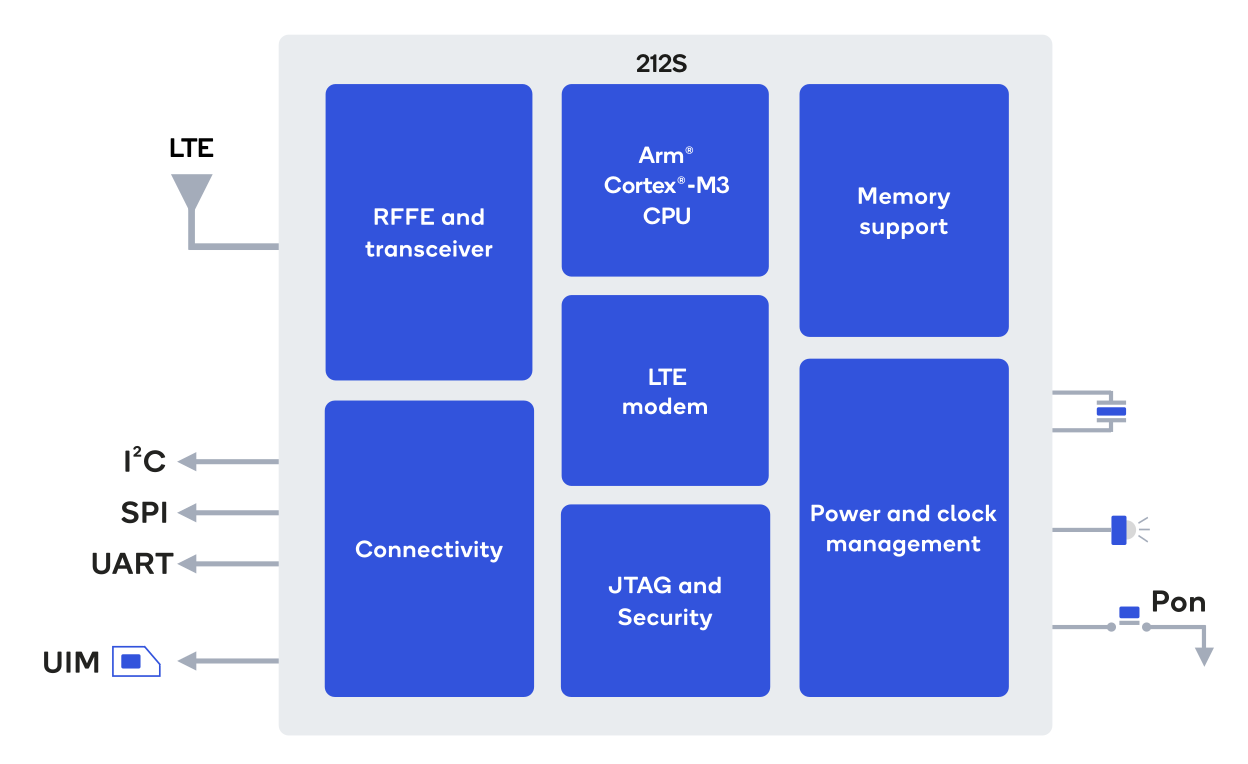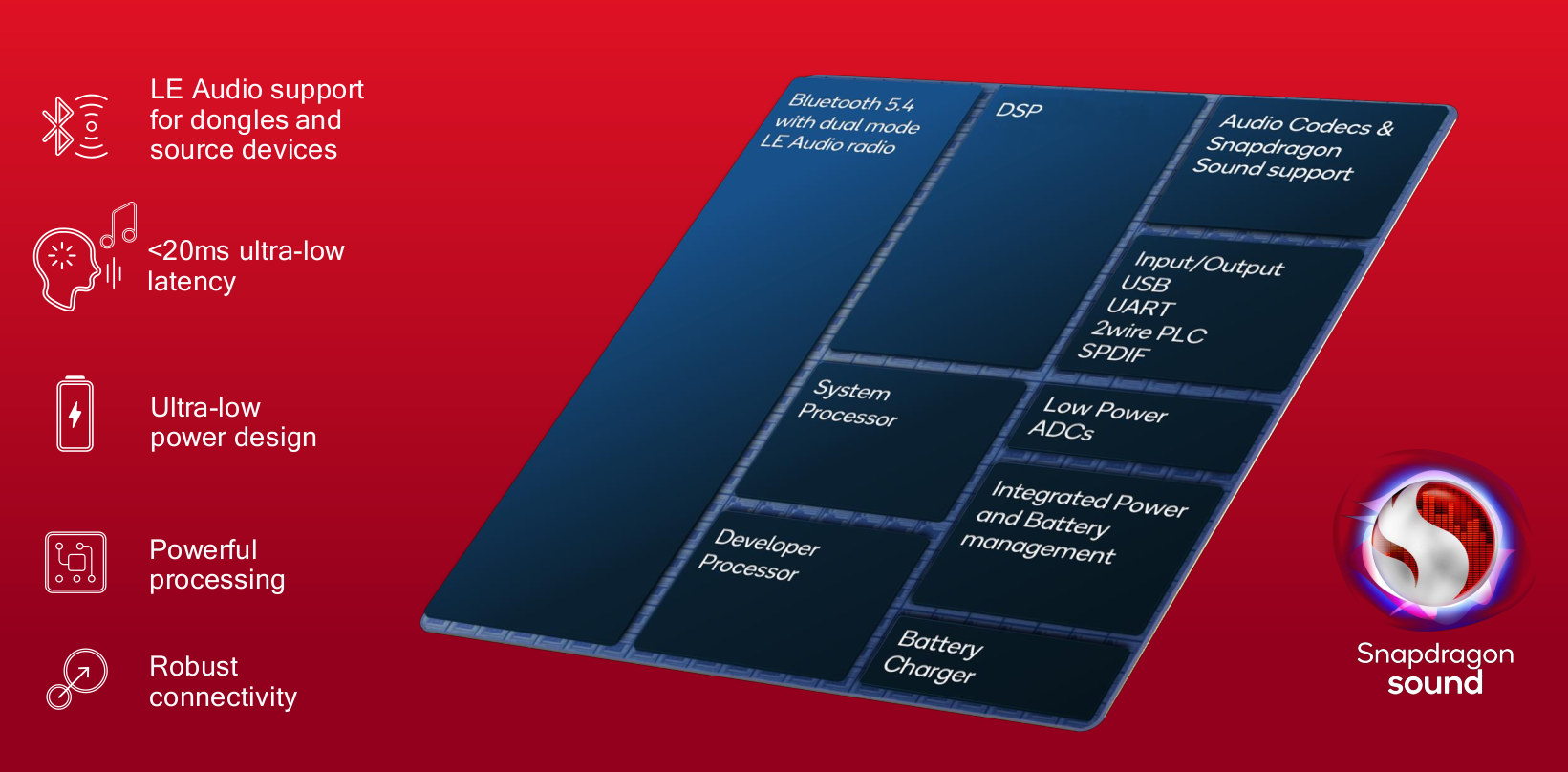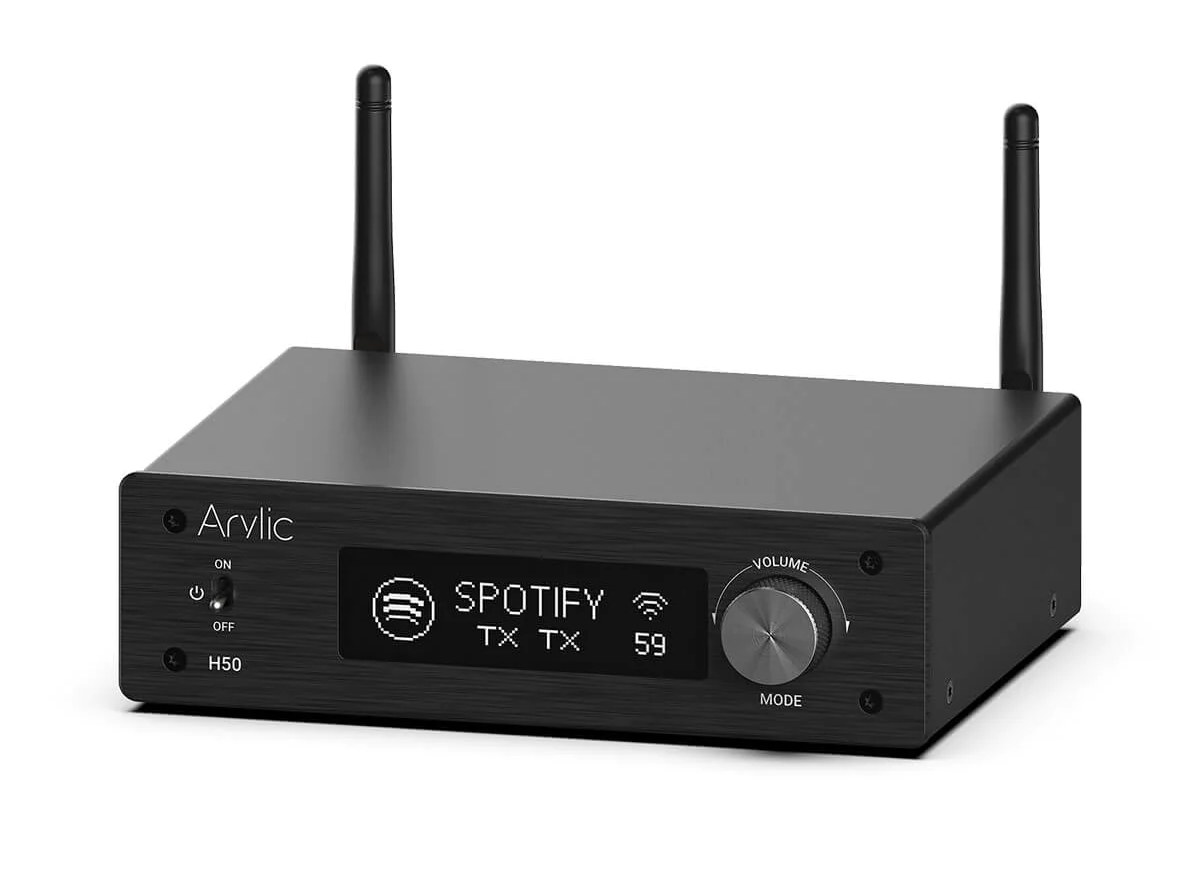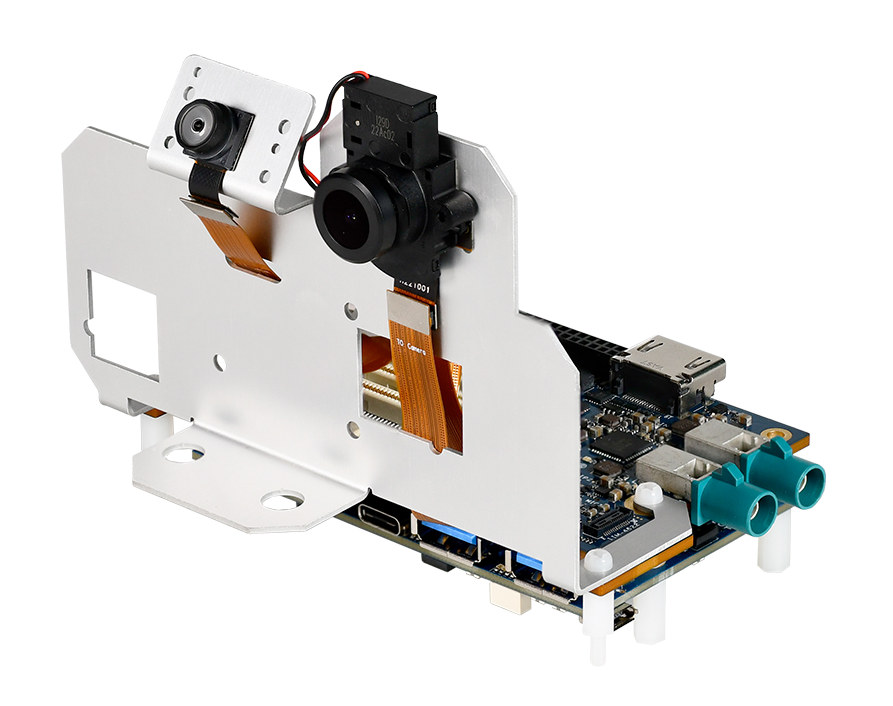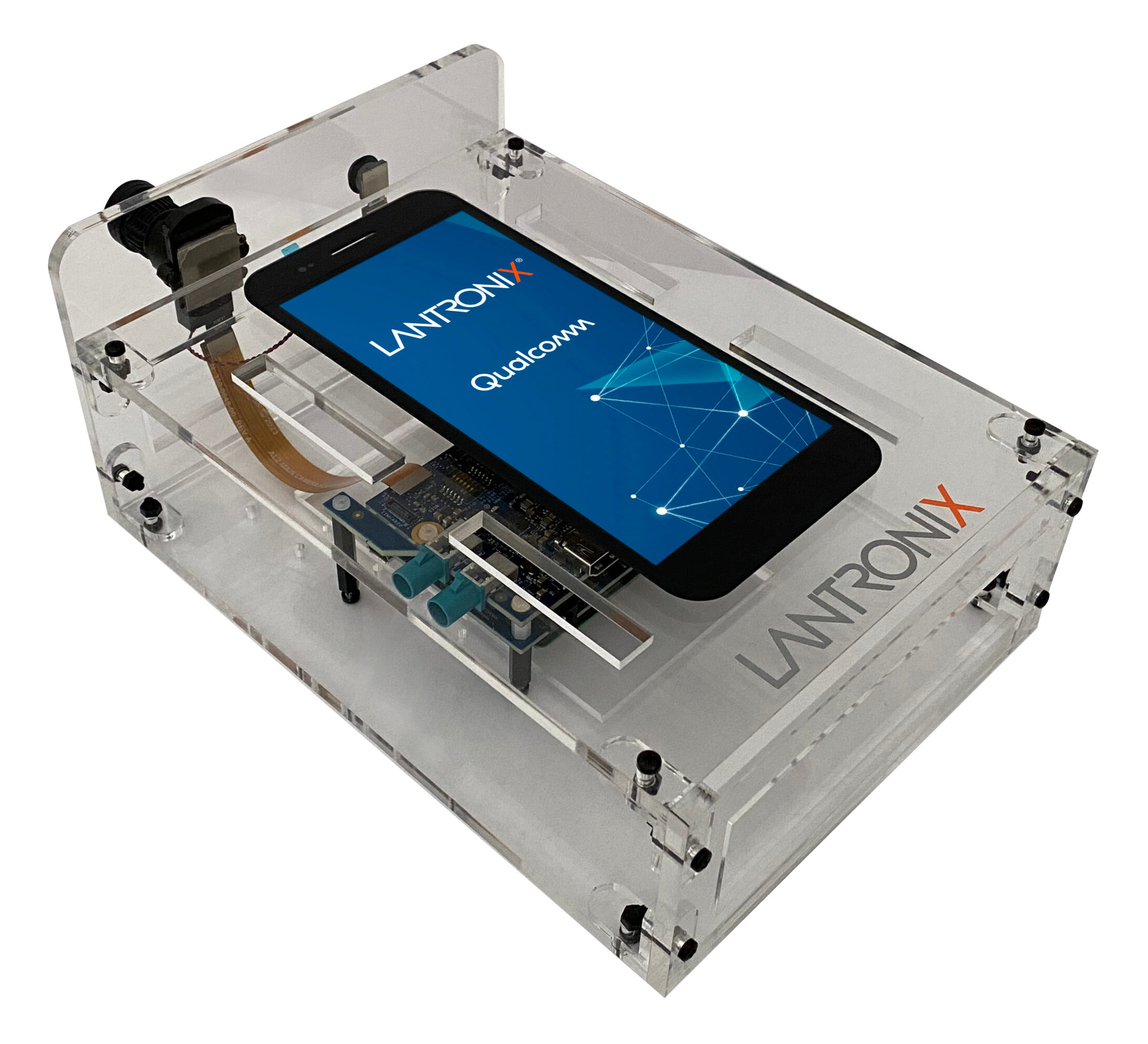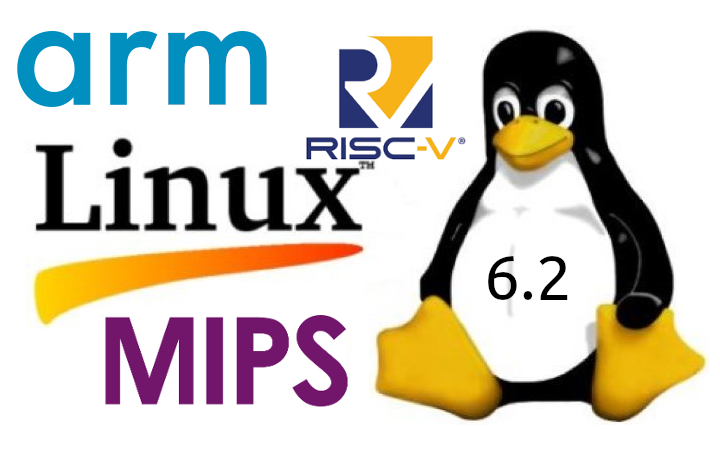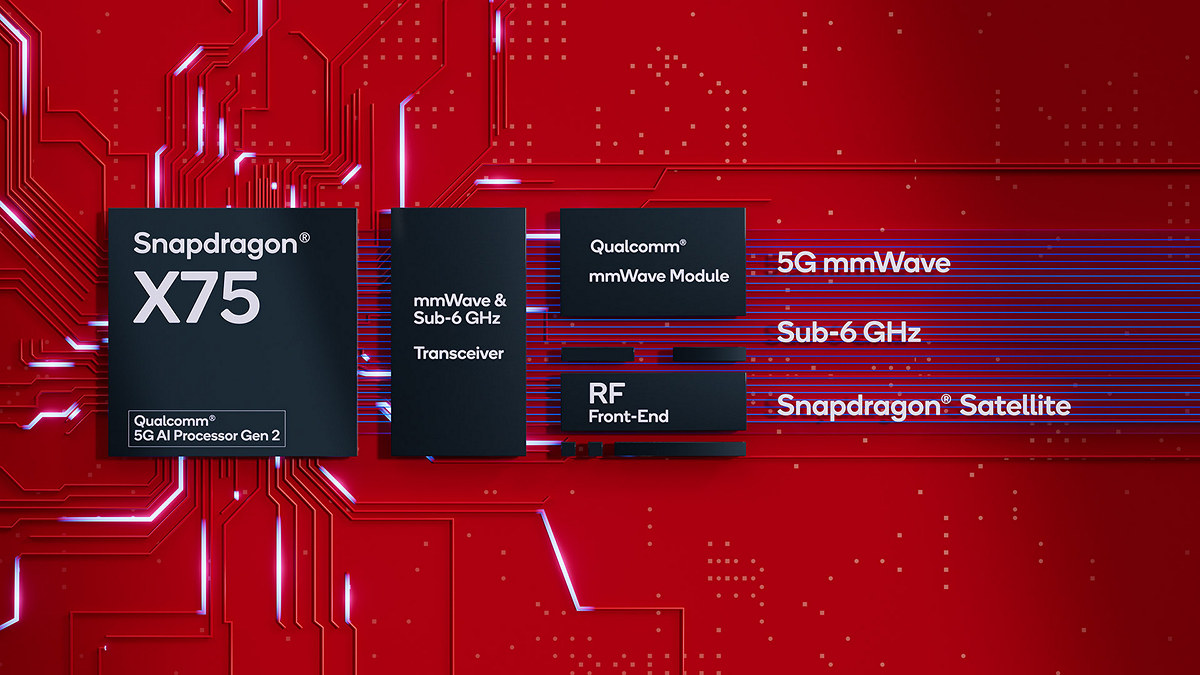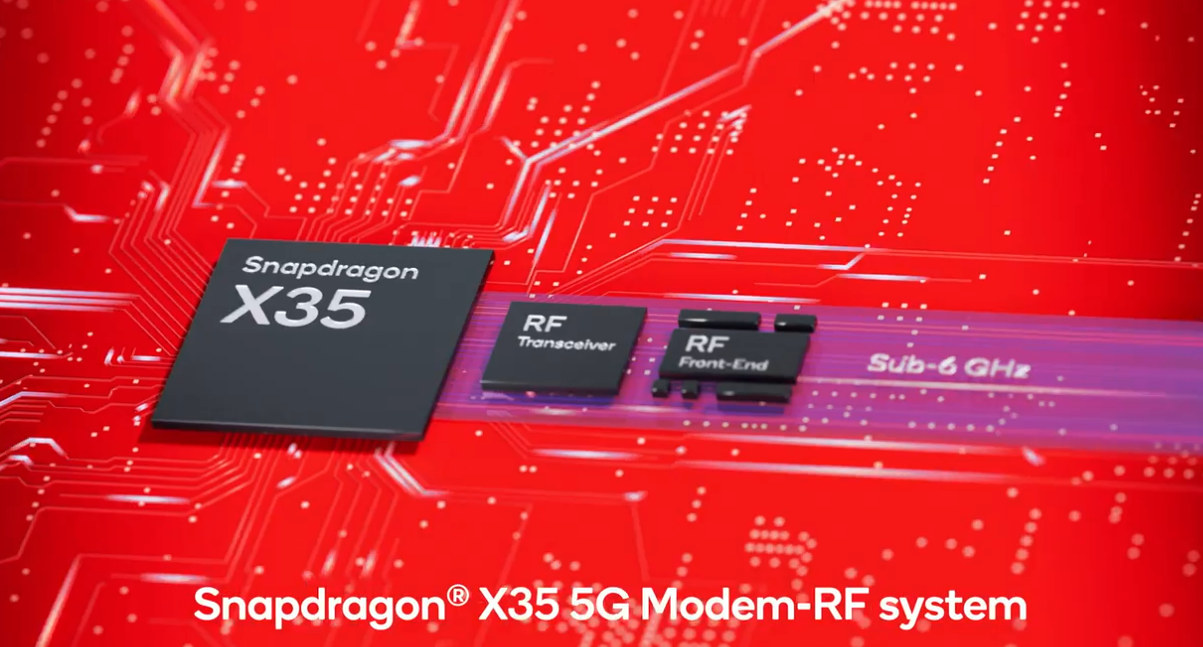Qualcomm has just unveiled the Qualcomm 212S and Qualcomm 9205S Satellite IoT modems developed in collaboration with Skylo, an NTN service provider, to enable IoT devices connectivity across satellite and cellular networks for remote monitoring and asset tracking. At the beginning of the year, Qualcomm launched Snapdragon Satellite for two-way messaging on smartphones, but the company has now expanded its use of satellite data connectivity with the Qualcomm 212S and 9205S modems optimized for 5G IoT use cases relying on NTN (Non-Terrestrial Networks). Qualcomm 212S Satellite IoT modem Qualcomm 212S (QCX212S) modem specifications: CPU – Arm Cortex-M3 CPU @ up to 204 MHz Cellular connectivity Cellular Technology – Rel.14 LTE Cat-NB2, Rel.17 NB-IoT over NTN RF LTE low bands – B85, B5, B8, B18, B19, B12, B13, B17, B14, B28, B26, B20 LTE mid bands – B70, B25, B66, B4, B3, B2, B1, B23, N255, N256 Network Protocols – SSL, […]
Qualcomm S3 Gen 2 Sound Platform supports LE Audio and Auracast broadcast audio
The Qualcomm S3 Gen 2 Sound Platform (QCC5181) is a Bluetooth 5.4 audio solution designed for dongles and adapters with ultra-low latency (<20 ms) and support for the latest LE Audio and Auracast broadcast audio standards. The platform was introduced last year, but the company says it has now launched a “newly enhanced solution” optimized for gaming that “combines Snapdragon Sound and LE Audio to deliver ultra-low latency of less than 20ms for lag-free wireless audio with voice back-channel for in-game chat”. The new solution also focuses on USB dongles and adapters since few hosts support Bluetooth 5.4 at this time. Qualcomm S3 Gen 2 (QCC5181) Sound Platform specifications: CPU – Dual-core 32-bit microcontroller clocked at up to 80 MHz DSP – Qualcomm Kalimba DSP @ 240 MHz with 384 kB program RAM, 1,024kB data RAM Storage – External QSPI flash Connectivity Bluetooth 5.4 qualified Bluetooth Low Energy, Bluetooth Classic, […]
Arylic H50 wireless stereo amplifier supports Airplay2, Amazon Alexa (Sponsored)
Arylic H50 is a new wireless stereo amplifier with an ESS9023p Sabre DAC and support for Airplay2, Amazon Alexa, and services such as Spotify Connect and Tidal Connect. It offers dual-band WiFi 4 connectivity, and Bluetooth 5.2 audio support through a Qualcomm QCC3040 SoC with aptX HD, supports 50W stereo speakers, and plenty of audio input sources from analog and digital audio ports to HDMI ARC, as well as NAS (DLNA) function and USB mass storage. Arylic H50 specifications: SoC – Qualcomm QCC3040 with 32-bit application processor @ 32 MHz, 32-bit system processor @ 32 MHz, Kalimba DSP @ 120 MHz, Bluetooth 5.2 and aptX HD support. DAC – ESS9023p Sabre DAC Display – 2.23-inch OLED display panel Connectivity 10/100M RJ45 port Dual-band (2.4GHz/5.0GHz) WiFi 4 (802.11 b/g/n) Bluetooth 5.2 with up to 15m range, suppport for aptX-HD, aptX-LL, aptX-AD, SBC, AAC Streaming Protocols – Works with Alexa, Spotify Connect, […]
Qualcomm Robotics RB1 and RB2 development kits launched for $199 and up
We quickly mentioned the Qualcomm Robotics RB1 and RB2 development kits in our post about Lantronix Open-Q 2210RB and 4210RB SiPs mostly to complain about the lack of information at the time. But things have changed the Qualcomm Robotics RB1 and RB2 devkits for cheaper, smaller Linux-powered robots with lower power consumption are now available, and we have more details with three options: Core Kit, Vision Kit, and Full Kit. So let’s have a closer look. All kits are based on the Qualcomm Robotics RB1/RB2 Core Kit with the following (preliminary) specifications: System-on-module RB1 – Thundercomm TurboX C2210 SoC – Qualcomm QRB2210 CPU – Quad-core Cortex-A53 processor at up to 2.0 GHz GPU – Adreno 702 GPU at 845 MHz with support for OpenGL ES 3.1, Vulkan 1.1, OpenCL 2.0 Hexagon QDSP6 v66 DSP 1080p 30 fps encode / 1080p 30fps decode System Memory – 1GB or 2GB LPDDR4 Storage […]
Lantronix Open-Q 2210RB and 4210RB SiPs for robotics power RB1/RB2 development kit
What comes after Qualcomm Robotics RB3, RB5, and RB6 platforms? Apparently, it’s Qualcomm Robotics RB1 and RB2 platforms powered by Qualcomm QRB2210 and Qualcomm QRB4210 processors respectively and optimized for cheaper, smaller robots with lower power consumption. But Qualcomm is one of the lamest companies known to man, so they did not include any photos when announcing the Robotics RB1 and RB2 platforms, so I’ll focus this post on Lantronix Open-Q 2210RB and 4210RB system-in-packages (SiP) based on the same processors, as well as the Open-Q RB1/RB2 development kit. Open-Q 2210RB and 4210RB SiP The new system-in-packages are very similar to the earlier Open-Q 2290CS and 4290CS SIPs for industrial IoT and machine vision applications, with the only difference being the Qualcomm processor used, so I invite you to read the earlier post for the full details, and I’ll just provide summaries here. Open-Q 2210RB key features: SoC – Qualcomm […]
Linux 6.2 release – Main changes, Arm, RISC-V, and MIPS architectures
Linux 6.2 has just been released with Linus Torvalds making the announcement on LKML as usual: So here we are, right on (the extended) schedule, with 6.2 out. Nothing unexpected happened last week, with just a random selection of small fixes spread all over, with nothing really standing out. The shortlog is tiny and appended below, you can scroll through it if you’re bored. Wed have a couple of small things that Thorsten was tracking on the regression side, but I wasn’t going to apply any last-minute patches that weren’t actively pushed by maintainers, so they will have to show up for stable. Nothing seemed even remotely worth trying to delay things for. And this obviously means that the 6.3 merge window will open tomorrow, and I already have 30+ pull requests queued up, which I really appreciate. I like how people have started to take the whole “ready for […]
Snapdragon X75 modem brings 5G Advanced to smartphones, IoT, and FWA routers
Qualcomm Snapdragon X75 is the latest 5G Modem-RF System from the company bringing 5G Advanced connectivity to smartphones, PCs, industrial IoT, vehicles, and 5G Fixed Wireless Access (FWA) routers. 5G is getting more confusing than ever, as after just having launched a 5G NR-Light modem for smartwatches, industrial IoT, and XR glasses, Qualcomm introduced the first “5G Advanced” modem with the Snapdragon X75 targetting a wide range of applications that benefit from the improvements in speed, coverage, mobility, power efficiency, etc… made possible by the 5G NR Release 18. Snapdragon X75 key features and specifications: Cellular Technology – 5G NR, LTE, LAA, WCDMA, TD-SCDMA, GSM/ Edge, CBRS, Dynamic Spectrum Sharing (DSS), EN-DC, NR-DC, mmWave, sub-6 GHz 5G Spectrum – mmWave-sub6 aggregation, sub-6 carrier aggregation (FDD-TDD, FDD-FDD, TDD-TDD), FDD-TDD support for uplink-CA, Dynamic Spectrum Sharing (DSS) 5G Modes – FDD, TDD, SA (standalone), NSA (non-standalone) Up to 10CC aggregation in mmWave, […]
Qualcomm Snapdragon X35 modem to bring 5G NR-Light to smartwatches, industrial IoT, XR glasses
Only a few years ago, 5G was only found in premium smartphones, but with the launch of the Snapdragon X35, Qualcomm aims to bring 5G cellular connectivity to wearables, industrial IoT applications, and eXtended Reality (XR) glasses. The Snapdragon X35 specifically supports 5G NR-Light, aka RedCap, which is described as ” a new class of 5G” that “fills the gap in between high-speed mobile broadband devices and extremely low-bandwidth NB-IoT devices” and delivers link rates of up to 220 Mbps. Snapdragon X35 modem key features and specifications: Cellular Technology: 5G NR-Light, FDD, SA (standalone), TDD, sub-6 GHz, HD-FDD, LTE Multi-Mode NR – Sub-6 SA, LTE Cat 4 3GPP Release 17 “RedCap” modem Number of Antennas: 1 Tx antenna, 2 Rx antennas Cellular Modem-RF Specs: 20 MHz bandwidth (sub-6 GHz), 1RX/2RX, 1TX, and Half-Duplex FDD (HD-FDD) Calling Services: VoLTE, VoNR Peak Upload QAM – 64 QAM Peak Upload Speed: 100 Mbps […]


